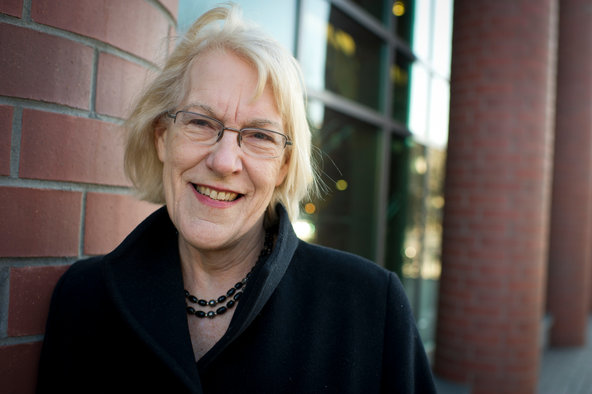
Last year, I was one of the "lucky" teachers to be chosen to be on the FORMAL OBSERVATION PLAN. My principal assured me that this would actually be easier for me, (and the other chosen lab rats, err, Formal Observation Targets), than the teachers who were responsible for gathering the be-all and end-all EVIDENCE necessary to prove their worth as teachers.
For those who are reading this blog, (like my mother, and who knows who else), who haven't added Charlotte Danielson to their holiday card lists -- or considered creating a Voodoo doll in her image -- a little background about teacher evaluations:
When I began teaching fifteen years ago, the teacher evaluation after the first three years of teaching pretty much consisted of a sit down with your assigned administrator who assigned point values for professionalism, lesson planning, communication, etc. on a numerical scale. It was a single sheet of paper with five numbers and two signatures. There may have been an observation, or a few "walk throughs" by administrators over the course of the year, with very little detailed anecdotal recordkeeping. As long as your numbers were good, there was no need for intervention or an unsatisfactory rating.
Fast forward to this year where a nine page detailed rubric was highlighted and evaluated prior to, during, and following instruction in meetings between administrators and teachers. The nine page rubric was designed by none other than Charlotte Danielson.
After having been warned by our district office folks that "Nobody lives in Distinguished" -- which was their way to talk all the Type A teachers off the ledge of, GASP, proficiency instead of a more advanced category, it became evident to me that I needed to spend less time stressing about my proficiency zipcode and more time advocating for what I do.
You see, as a Teacher of the Gifted (and, clearly, NOT the Gifted Teacher), my job encompasses many time consuming tasks and responsibilities that are not outlined or defined by Danielson. I found that I needed to educate my evaluator about the ins and outs of the additional GIEP reports, deadlines, etc. that I must follow, as well as the creation of unique individual learning experiences within the community and on the web. I needed to stress (okay STRESS) that I don't teach the same class twice -- EVER. I might revisit a topic every four years, but I am constantly redesigning based upon student interests, Cultural Literacy, and technology integration. This year's study of Leonardo da Vinci will be very different from the last time I taught it, because the
Oh, and I've been taught "don't boast."
But now I have to, just to defend what I know happens in my classroom every day, in a summary nine page year-end rubric.
To be fair, my principal was amazing. He was patient. He listened, collaborated, and even changed some ratings for the better based on what I shared. (There were other places where I felt I was over-rated but I clearly didn't harp on that!)
So with that background introduction, the TeachThought prompt for Day 3 is...
3. Discuss one "observation" area that you would like to improve on for your teacher evaluation.
The odd thing is, the observation area that I would like to improve on for my evaluation this year is actually one in which I received a Distinguished rating last year -- Planning and Preparation. Maybe I've chosen this area because I felt that was an over-rating, and I'm challenging myself to live up to what my principal already thinks I do. More likely it's because I spent the last year desperately trying to analyze Danielson -- once I got finished with the aforementioned Voodoo Doll project -- and learned to appreciate the defined nature of the evaluation process. The detailed nature of the process is -- or should be -- the fine-toothed-comb process with which I evaluate lesson planning.
So this year I'm searching for more than the amusing youtube video to engage or summarize. I'm creating more responsible metacognitive experiences for my students through the teaching of the Habits of Mind, and I'm looking for my students to reflect and create responses that don't get thrown in the recycling bin on the way out of class after they are graded. I want my learners to engage in discussion about what they did in my class at home, in their own brains, and with other friends. I hope that five years from now they'll find that journal in a box, flip through it, and realize they learned something about themselves while studying Leonardo daVinci's thought process.
I'm looking for purpose in what I do, and in what I ask my students to do as I plan, prepare, and adapt during instruction.
So, oddly enough, Charlotte Danielson is my friend. She's made me a better reflective teacher. And, as annoying as it is to admit it, her system certainly works better than that single sheet of yellow paper with single digits and two signatures as a culminating evaluation in my mailbox at the end of the school year.
I wonder if I should send a Linkd In or Facebook friend request to her?
Probably not.
#reflectiveteacher
Good thoughts for all teachers to remember!
ReplyDelete